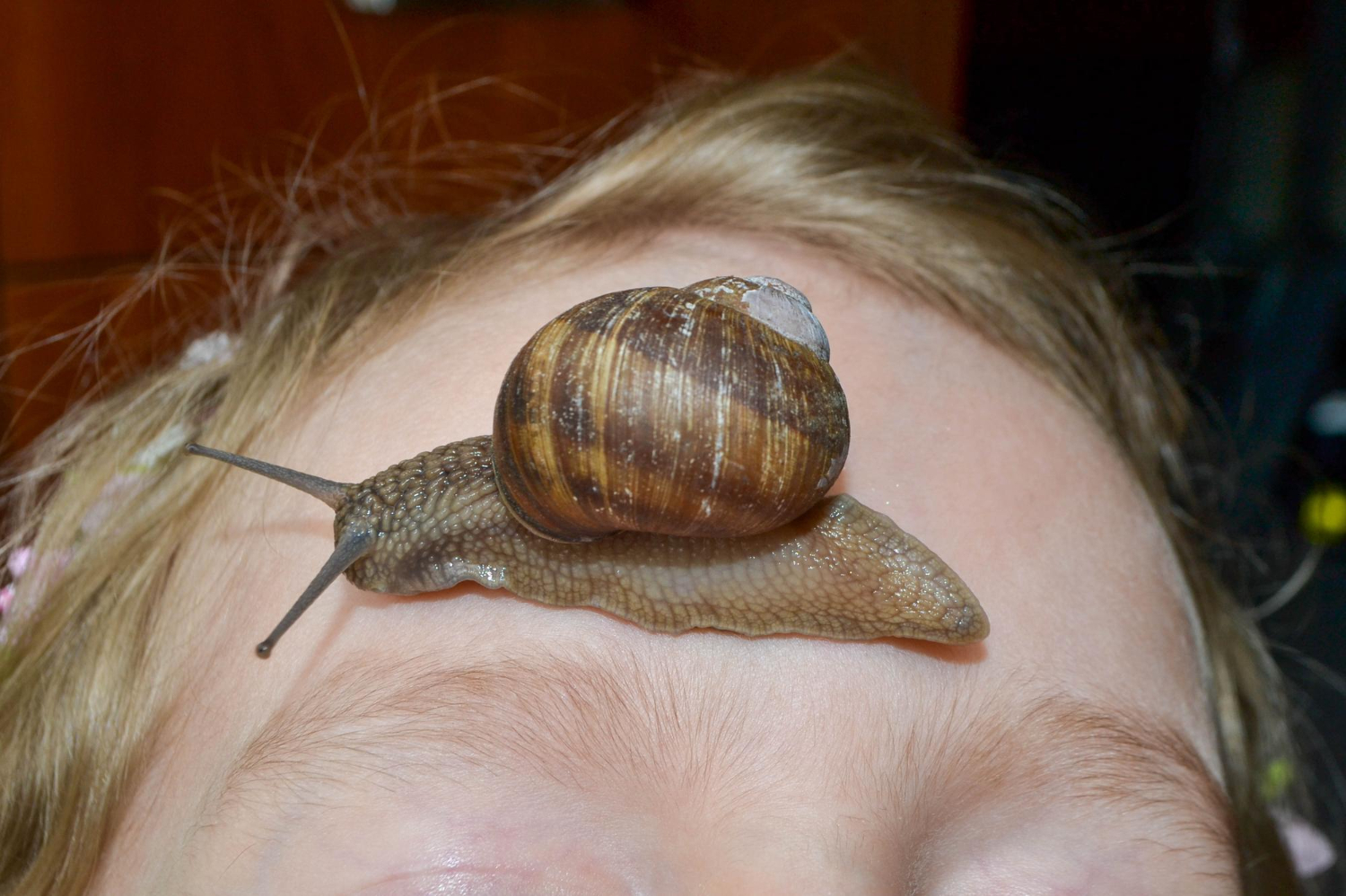Snail mucin, commonly heralded as a “miracle ingredient” in the skincare world, has been embraced for its unique benefits, especially among K-Beauty enthusiasts. From hydrating and plumping the skin to aiding in skin repair, this ingredient has earned a prominent spot in many routines. But despite its glowing reputation, one question lingers for those with sensitive or acne-prone skin—can snail mucin cause acne?
If you’re navigating breakouts while using snail mucin products or are hesitant to try it for fear of aggravating acne, we’re here to separate the facts from the myths. Below, we’ll explore why snail mucin might cause breakouts, how to use it safely, and share expert advice tailored to your skin’s specific needs.
Table of Contents
ToggleWhat Is Snail Mucin and Why Is It Trending?
Definition and Origins
Snail mucin (also referred to as snail secretion filtrate) is the slime produced by snails to protect and heal their skin. This ingredient is extracted, processed, and incorporated into skincare products due to its extensive skin-repairing benefits.
Key Benefits
Here’s why the beauty community loves snail mucin:
- Hydration: Snail mucin is packed with humectants like hyaluronic acid, which delivers intense hydration.
- Skin Repair: Glycoproteins and growth factors in snail mucin aid skin barrier repair and promote wound healing.
- Anti-inflammatory Properties: The ingredient is known to soothe irritation and reduce redness, which can be appealing for acne-prone individuals.
- Anti-Aging Effects: Rich in proteins and glycolic acid, snail mucin helps improve skin elasticity and promote a smoother texture.
With these benefits, it’s no wonder this ingredient is a key player in popular products, such as COSRX Advanced Snail 96 Mucin Power Essence. However, as with most skincare ingredients, snail mucin isn’t universally suitable.
Can Snail Mucin Cause Acne?
Snail mucin itself is typically considered non-comedogenic, meaning it doesn’t directly clog pores or cause acne by nature. However, some people do experience breakouts when using snail mucin products.
Why? The culprit often isn’t the mucin itself but its formulation, how it’s used, or individual skin sensitivities.
Potential Reasons for Breakouts
1. Formulation Issues
Not all products containing snail mucin are created equal. Many are formulated with additional ingredients that can clog pores or irritate skin.
- For example, butylene glycol and heavy emollients in some snail mucin products (like thick essences or creams) can trap oil and impurities, leading to clogged pores.
- COSRX Snail 96 Essence, while beloved by many, has been reported to cause whiteheads and cystic acne for some users due to its sticky, viscous consistency.
2. Allergic Reactions
Proteins in snail mucin can cross-react with dust mite allergens, which impacts 5-30% of the global population. If you’re allergic to dust mites, using snail mucin could impair your skin barrier and lead to irritation and breakouts.
3. Overuse
Moisture is essential for healthy skin, but overhydration can create the perfect environment for bacteria and fungi. Applying an excessive amount of snail mucin (or using it too frequently) can lead to fungal acne or bacterial acne due to overly moist skin.
4. Improper Application
Ironically, snail mucin could dry out your skin if applied incorrectly.
- Snail mucin is rich in humectants (which draw moisture from their surroundings). If applied directly to dry skin, it may pull water out of your skin instead of drawing it in from the environment—causing dehydration, irritation, and, subsequently, breakouts.
How to Safely Use Snail Mucin on Acne-Prone Skin
If you’re acne-prone but still want to enjoy the benefits of snail mucin, here’s how to do so safely:
1. Patch Test First
This step is especially crucial if you’ve had allergic reactions to skincare products in the past. Apply a small amount of the product to your inner wrist or behind your ear and monitor it for 24-48 hours for signs of irritation.
2. Start Slowly
Introduce snail mucin into your routine gradually to assess how your skin reacts. Begin by using it 2-3 times a week before increasing to daily use if your skin tolerates it well.
3. Apply Correctly
- Always apply snail mucin to damp skin (after using a mist or toner), not directly onto dry skin. This helps the humectants hydrate deeply without pulling moisture out of your skin.
- Use a small amount (1-2 pumps) to avoid overhydration.
4. Choose Lightweight Formulas
Opt for products that are lightweight and contain minimal pore-clogging additives. Read ingredient lists carefully and avoid products with heavy oils, synthetic fragrances, or comedogenic ingredients.
5. Pair with Active Ingredients
Snail mucin can work wonders when paired with actives like salicylic acid or glycolic acid, which target breakouts and keep pores clear. Ensure you’re not overloading your routine, as too many actives can irritate your skin.
What Do Experts Say About Snail Mucin and Acne?
Dermatologist Insights
Dr. Alpana Mohta, a board-certified dermatologist, advises individuals with acne-prone skin to exercise caution when introducing snail mucin into their routines. While its anti-inflammatory and healing properties can benefit many, factors like overuse and improper application can potentially exacerbate acne.
A 2020 study highlighted the antimicrobial abilities of snail secretion to manage acne-causing bacteria, but its data remains inconclusive.
Individual Suitability
The general consensus? Snail mucin can be helpful for certain skin types, but its effectiveness against breakouts depends on the specific product formulation and individual skin compatibility.
Alternatives to Snail Mucin for Acne-Prone Skin
If snail mucin doesn’t seem to work for your skin, consider these alternatives for hydration and acne management:
- Niacinamide: Reduces inflammation, regulates oil production, and strengthens the skin barrier.
- Hyaluronic Acid: Provides hydration without clogging pores.
- Salicylic Acid: Penetrates deep into pores to exfoliate and reduce breakouts.
Alternatively, stick to a balanced skincare routine focusing on gentle cleansing, targeted acne treatments, and lightweight moisturizers to maintain healthy skin.
Does Snail Mucin Help With Acne Scars?
Snail mucin’s claimed ability to promote collagen production and skin regeneration makes it an appealing option for fading acne scars. However, for more noticeable results, pair snail mucin with vitamin C, retinol, or professional treatments like chemical peels.
Listen to Your Skin
Snail mucin isn’t inherently comedogenic or bad for acne, but it isn’t a “one-size-fits-all” ingredient. Finding the right product and using it correctly—while listening to your skin’s responses—is key. Not all ingredients suit every skin type, and that’s perfectly okay.
If you’re dealing with persistent skin issues, consulting a dermatologist is always a smart move to create a routine tailored to your needs.









